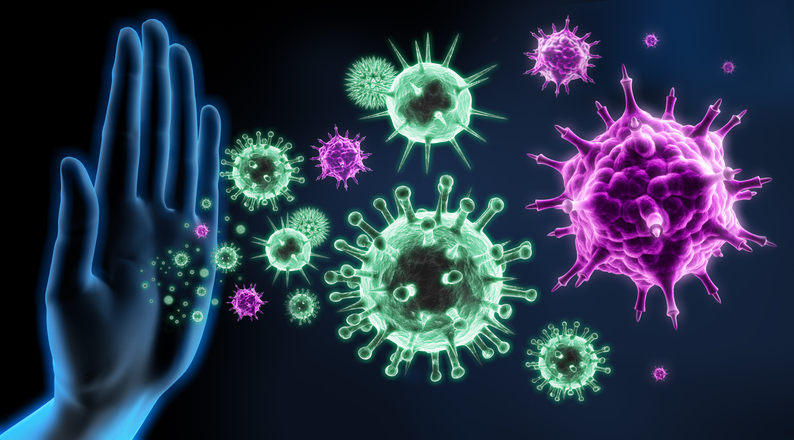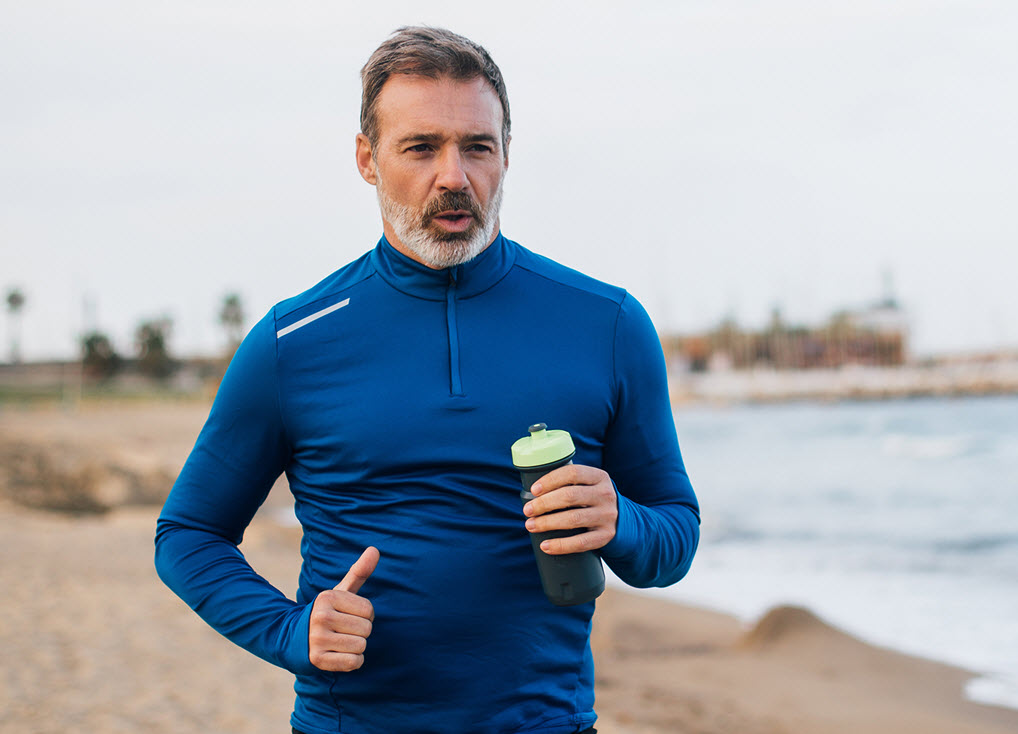“UNOS has implemented a new system for matching kidney and pancreas transplant candidates with organs from deceased donors.
The new approach is projected to increase equity in transplant access for candidates nationwide. It replaces distribution based on donation service area (DSA) and OPTN region with a more consistent measure of distance between the donor hospital and the transplant hospital for each candidate. This will further ensure the right organ gets to the right patient at the right time based on medical need rather than geography.
The policy was developed over nearly three years by organ donation and transplant experts, organ recipients and donor families from around the country, and input from thousands of people during three public comment cycles.
Kidney and pancreas offers will be offered first to candidates listed at transplant hospitals within 250 nautical miles of the donor hospital. Offers not accepted for any of these candidates will then be made for candidates beyond the 250 nautical mile distance.
Candidates also will receive proximity points based on the distance between their transplant program and the donor hospital. Proximity points are intended to improve the efficiency of organ placement by adding priority for candidates closer to the donor hospital. Candidates within the initial 250 nautical mile radius will receive a maximum of two proximity points, while those outside the initial circle will receive a maximum of four proximity points. The point assignment will be highest for those closest to the donor hospital and will decrease as the distance increases.”
Read all about the new policy, here.








